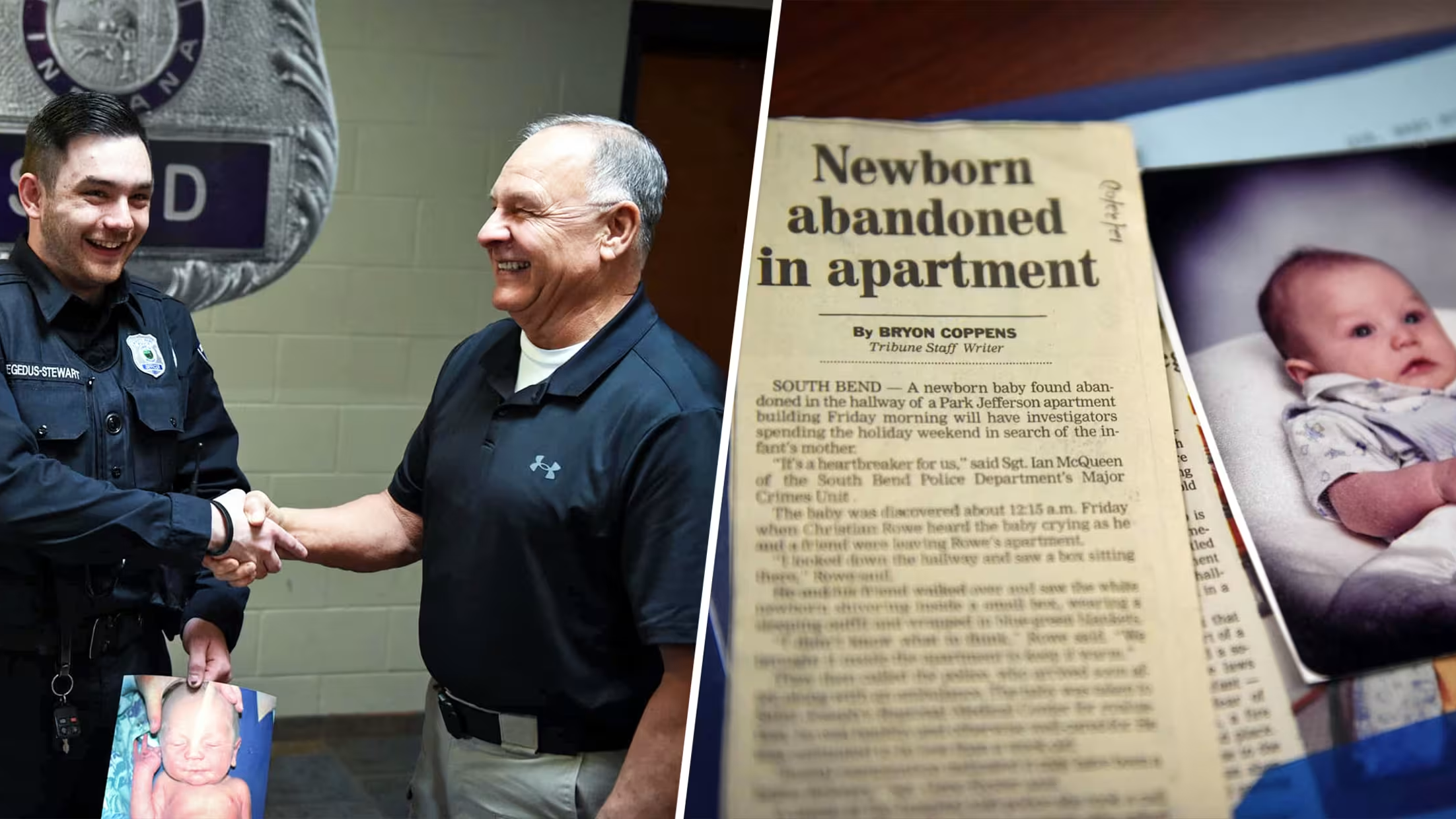Albuquerque's K-12 schools should cut staff and think about downsizing its footprint because of dwindling enrollment and spend more for the education of low-income students who fell further behind their peers during this school year, according to a report from the New Mexico Legislature made public Wednesday.
The report from the powerful Legislative Finance Committee recommended that Albuquerque Public Schools let go 400 of the district's 12,000 employees, but didn't specify how many of the district's increasingly empty schools it should shutter. The school district has 144 schools and 73,000 students, down from 85,000 six years ago.
Public schools in New Mexico have not recovered from the exodus of students that accelerated during the pandemic, with enrollment across the state and in Albuquerque still down about 4%, more than the average of 2.6% for 41 U.S. states.
Thousands of families in New Mexico amid the pandemic tried homeschooling or charter schools for the first time and didn't send their kids back to classrooms this year. Despite getting financing federal pandemic relief funds, most school districts across the U.S. now have fewer students and less funding than before the pandemic, forcing educators to consider cutting spending.
Get Philly local news, weather forecasts, sports and entertainment stories to your inbox. Sign up for NBC Philadelphia newsletters.
Rural districts across New Mexico also lost students, though often for different reasons.
“They went to Texas because their schools were open 100%,” said state Sen. Gay Kernan, of Hobbs, in southeastern New Mexico on the Texas border, told Albuquerque education officials at the hearing where the report was delivered Wednesday. “Lesson learned.”
Albuquerque should prioritize filling special education positions and offer bonuses to teachers in high-need positions at schools serving greater numbers of low-income students, the report said. The district currently has more than 600 job openings listed, many for special education instructors.
U.S. & World
Stories that affect your life across the U.S. and around the world.
But many of the city's teachers are expected to retire this year, said Albuquerque Teachers Federation President Ellen Bernstein.
“I don't believe there will be cuts — there are still shortages,” she said.
She said the district is already transferring teachers from emptier schools to fuller ones.
The district's low-income students are learning, but their advancement in reading and math is much slower than their more privileged peers, the report stated.
Higher rates of absenteeism for the district's students and fewer learning days are part of the problem. This year, 36% of Albuquerque’s students missed at least 10 days of school, including excused absences for illness or sports, compared to 30% of students statewide.
The New Mexico Legislature has put aside around $40 million in funding for Albuquerque Public Schools to fund extra learning days. Schools are still deciding if they'll take the money, and many are expected not to because teachers and parents want long summers.
The Legislature does periodic reviews of the state's public schools and the report about the district is the first conducted since 2007.
Albuquerque enrollment declined 17% over the past decade, driven by lower birth rates and growth at charter schools. Meanwhile per-student funding increased by 49% and achievement gaps between low-income and other students in reading and math widened in Albuquerque more than in the rest of the state.
The report also documented rising facility costs and a 21% increase in learning space, even as enrollment dropped.
While the report did not explicitly recommend closing schools, Albuquerque Superintendant Scott Elder read between the lines speaking to lawmakers Wednesday, calling that section of the report "a bit of euphemism for closing schools.” He said that closing schools was a “charged issue” for parents, and could create additional costs.
“If we shut schools, kids that live close to that school have to be transported to their new school, so we would have significant impacts on transportation,” said Elder.
In a written response to the committee's report, said increased funding is often tied to salary increases and cannot be used to fund services for at-risk youth. He also pointed out that while overall enrollment is down, low-income and other at-risk students represent a larger share of the student population.
The district is already transferring teachers from emptier schools to fuller ones, said Bernstein, the union president. She said uncertainty over who will be moved and when is causing “incredible stress” for teachers, but gave the district credit for transferring teachers now instead of during the fall, when transfers normally happen. Earlier transfers are better for students and staff, Bernstein said.
While the district has said since 2019 that it should craft a five-year plan to manage its finances amid projected drops in enrollment and funding, the report said that hasn’t happened and that they are common for other large New Mexico districts even though they are not required by law.
District officials have announced that cuts are needed and asked parents and staff to offer ideas to reduce costs in recent months.
The legislative committee that drafted the report credited Albuquerque Public Schools for increased oversight of outside contracts ranging from face masks to learning software, potentially cutting down on fraud and waste. It also recognized the district for having low administrative spending of about 4%, on par with districts of its size nationally.
___
This article has been corrected to reflect the content of the report's analysis of district buildings, which observed that its facility footprint had grown while enrollment dropped, but did not explicitly recommend closing schools.
___
Attanasio is a corps member for the Associated Press/Report for America Statehouse News Initiative. Report for America is a nonprofit national service program that places journalists in local newsrooms to report on under-covered issues. Follow Attanasio on Twitter.



